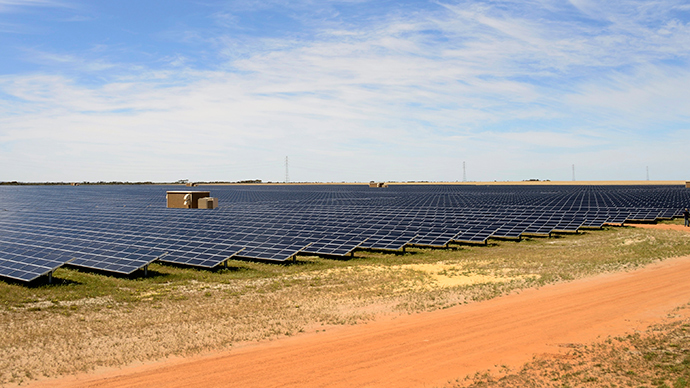Researchers and scientists are working on developing methods for sustainable energy that is environmentally friendly. Keeping this in focus, a company in Australia has made the world’s most efficient solar cell of commercial size. The previous record for efficiency was 25.26 percent and this cell takes it to a significant 25.54 percent. The results were verified by the Institute For Solar Energy Research Hamelin in Germany.
The name of the company is SunDrive. It started from a garage phase in the year 2015 and was co-founded by Vince Allen, who was a Ph.D. candidate at the University of New South Wales at the time. He had an idea to make solar panels much by substituting the silver used with copper.

Usually, silver is the material used for the panels, but copper can also be used, and it can do the task in a cheaper manner. It is 100 times less expensive than silver and is not present in a limited amount on the planet. It requires lower processing temperatures that also reduce the use of energy.
The realistic efficiency limit of commercial-sized solar cells is around 27 percent and now, the technology is reaching up to that level. Once it is reached, it would be wise to have cheaper options in the line by using copper.
“I think what’s more significant than achieving the world record is we’ve been able to do it without silver,” Allen explained. “If you look at the commercial solar cells today and the last few world-record commercial-sized solar cells, there’s a strong correlation between efficiency and silver consumption. We’ve effectively broken that trend using copper.”

The company is still far from making solar panels ready for instant installation. Still, it is a change in the world of solar power. Now the company will be looking for a mass production setup for the panels.
“In terms of our timeline, we’re planning to have a commercial-sized module containing our solar cells at the end of this year, which is representative of what we could put on a roof or in a solar farm,” Allen said. “We’re also focused on building our pilot production line by end of next year with panels ready maybe by the first half of 2023.”


